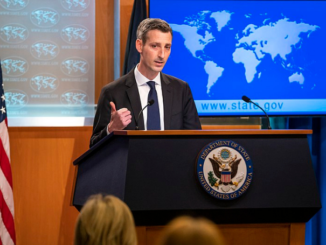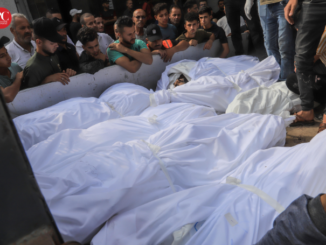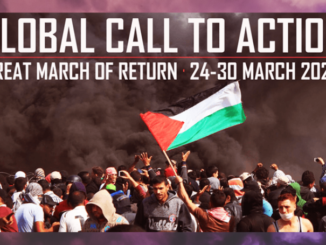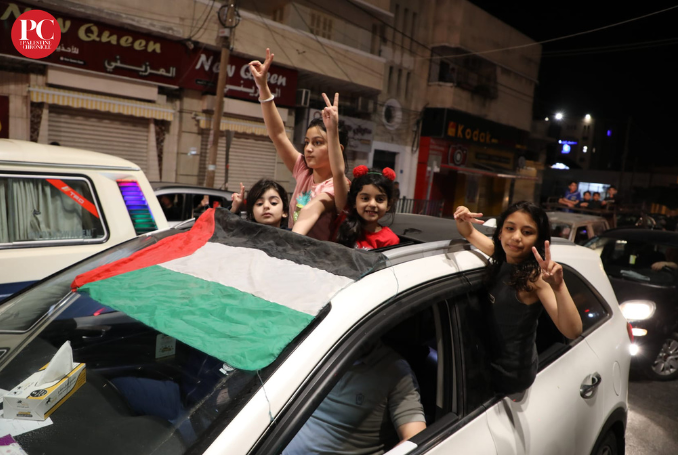
By Benay Blend
On the evening of May 9, 2023, Zionist warplanes attacked the Gaza Strip, killing at least 14 Palestinians, including three resistance leaders and their families. Mainstream media reported the strikes using the usual language. According to CNN’s account, three “Islamic Jihad” commanders and “multiple family members” were among the 13 murdered in what the Zionist state described as an operation targeting “kingpin terrorists.”
“The Palestinian militant group [Hamas],” the article continued, “confirmed three of its commanders were killed in the operation along with their wives and children.” IDF spokesman Lt. Col. Richard Hecht admitted that there might have been some “collateral” damage, referring to the women and children.
“If there were some tragic deaths, we’ll look into it and get back to you,” he said to reporters, who should know that judging from past experience that will never happen. In their coverage of the massacre, The New York Times used similar language, referring to Hamas as “the Palestinian militant movement that runs Gaza,” rather than the duly elected officials who govern a territory constantly under siege.
In contrast, posts appeared on Facebook, written by Palestinians and their supporters, who wanted the world to see pictures of the victims, thus fleshing out their lives beyond the label of “terrorist.” For example, Romana Rubeo, Palestine Chronicle managing editor, urged people to show the photos of the children “and the other victims alive and do not show videos that dehumanize them more than the Israeli monster already does.”
“It is easy—and justifiable—to hold the media accountable for the dehumanization of the Palestinians,” writes Ramzy Baroud, an internationally syndicated columnist, a media consultant, an author of several books, and the founder of PalestineChronicle.com. Sometimes they are ignored altogether. If blame must be apportioned,” he continues, “then others too, including some who consider themselves to be “pro-Palestine,” must reconsider their position. We are all, to an extent, collectively guilty of seeing Palestinians as sheer victims — a hapless, passive, intellectually stunted and ill-fated people, desperate to be ‘saved.’”
Numbers also “erase the living,” he concludes. As a result, they “persist at the receiving end of charity, political expectations and unsolicited instructions on what to say and how to resist.” “In fact,” declares C.J. Werleman, “international law is unambiguous in its endorsement of ‘armed struggle’ for peoples who seek self-determination under ‘colonial and foreign domination.’”
As Nakba 75 approaches, it’s important to remember not only Israel’s violence against Palestinians during and after that event, but also to recall the 75 years of Palestinian resistance to the Occupation.
In a Facebook Post, Ramzy Baroud listed the reasons why the Palestinian resistance should respond. Among the 7 motives, he explained that failure to respond would not only lead to division among the Resistance in Gaza, but also “demoralize the growing rebellion in the West Bank.” Both points highlight the growing unity between Resistance groups on the ground.
This is important, because the Zionist military coordinates its attacks. Shortly before the military bombed Gaza, Palestinian prisoner leaders met with increased repression inside occupation prisons. On the morning of May 8, Zionist forces stormed sections 5 and 7 of Ramon prison, thereafter transferring Ahmad Sa’adat, the General Secretary of the Popular Front for the Liberation of Palestine; and fellow PFLP leaders Ahed Abu Ghoulmeh and Walid Hanatsheh (also a member of the Higher Emergency Committee of the Palestinian Prisoners’ Movement) to solidarity confinement in an unidentified location.
These assaults met with immediate resistance tactics within the prison walls, including PFLP prisoners who began banging on the windows and walls of their rooms and refusing to show up for roll calls that happen several times per day.
There was also resistance outside the prison walls. On May 7th, former Palestinian prisoner and long-term hunger striker Etaf Alayan began a hunger strike outside the offices of the International Committee of the Red Cross in Al-Bireh, Occupied Palestine to secure the release of Khadar Andan’s body and other detained martyrs in the occupation’s morgues.
“The occupation thought that it silenced Khader Adnan’s voice by assassinating him, but it will learn that he has moved the hearts of all free people,” Alayan said. Indeed, as Ramzy Baroud explains, Adnan was associated with a “new non-factional political movement” that sought to unify all Palestinians, “regardless of geography, politics and ideology.”
Along with other grassroots figures, Adnan challenged the divisive tendencies that came about after the Oslo Accords, a process, Baroud continues, that “divided Palestinians into classes, turning brothers into enemies, and allowing Israel to maintain its military occupation and apartheid, unhindered.”
Adnan was the “outcome of [this] new political culture,” Baroud concludes, a “collective resistance” that Israel finds it cannot easily defeat. Here, too, the media got it wrong. He was not a ‘terrorist’ with ‘Israeli blood on his hands,’ as pro-Israeli propagandists have been repeating in the news and on social media. He was more than “an influential member of the Islamic Jihad militant group,” as the Washington Post declared. He was a contributor to what Baroud calls an “emerging discourse among Palestinians, that of unity, popular resistance and, indeed, the hope of an ‘assured victory.’”
In order to emerge victorious, Palestinians must remain united. They must also have the means to employ a diversity of tactics, even though segments of the solidarity movement view nonviolence as the only acceptable mode of resistance. As Omar Zahzah notes, there exists a “problematic, obsessive” focus on “nonviolence” among members of the “broader Palestine solidarity movement that dehumanizes Palestinians, normalizes Zionism, and ultimately utilizes racist and colonial frameworks to advance the notion that the means of Palestinian resistance are more troubling than the reality of Zionist settler-colonialism.”
By distancing themselves from any form of armed resistance, including action on the ground as well as groups who support all forms of Palestinian resistance, these activists often mirror the language of the media that they attest to despise.
In the end, nonviolence only works in certain situations, while armed resistance proves the best choice in others. Because the United States and Israel both were born in violence, the former with the extermination of the indigenous population and slavery, Israel with the Nakba, systemic racism and the violence that goes with it are embedded in the fabric of both countries.
As Nahla Abdo explains:
“A most relevant analogy between the US and Israel lies in the principal rationale for the force of their establishment as settler-colonial states. Imperialism, which is the driving force of the settler colonial project, is inherently racist and racializing. With the establishment of the state, racialized capital becomes structural and institutional; it becomes systemic. The differences between the two regimes are also there, based on the fact that each case is historically specific.”
Hence, personal conversations between oppressor and oppressed, also known as “normalization,” do not result in change. In these cases, oppression is not an individual act between two people but rather embedded in the system. Thus the American Friends of Combatants for Peace (AFCP) Joint Nakba Remembrance Ceremony cannot lead to victory for the Palestinians because it relies on individual interaction between oppressor and oppressed, a situation that requires dismantling the structures within the settler state in order to end the Occupation.
Because mainstream media ignores Israel’s role in the escalating tension, as well as Palestinian resistance to it, independent media is more important now than ever. Indeed, reporters in the West have a long history of manipulating the news in order to align it with the Pentagon’s version of events. For example, in 2001, Walter Isaacson, then chairman and CEO of CNN, told the Washington Post that it “seems perverse to focus too much on the casualties or hardship in Afghanistan” (Amy Goodman with David Goodman, The Exception to the Rulers: Exposing Oily Politicians, War Profiteers, and the Media That Love Them, 2004, p. 167).
In order to achieve what Bush and the Pentagon wanted, Isaacson told his staff to remind their viewers that U.S. military actions, although sometimes causing civilian casualties, were always “in response to a terrorist attack that killed close to 5,000 innocent people in the U.S. (Goodman and Goodman, p. 166). Of course, those Afghans had nothing to do with 911, but the conjunction of the two served the same purpose as confusing Palestinian resistance with terrorists or perhaps ignoring them altogether.
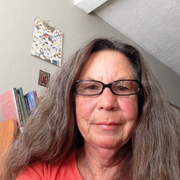
– Benay Blend earned her doctorate in American Studies from the University of New Mexico. Her scholarly works include Douglas Vakoch and Sam Mickey, Eds. (2017), “’Neither Homeland Nor Exile are Words’: ‘Situated Knowledge’ in the Works of Palestinian and Native American Writers”. She contributed this article to The Palestine Chronicle.



